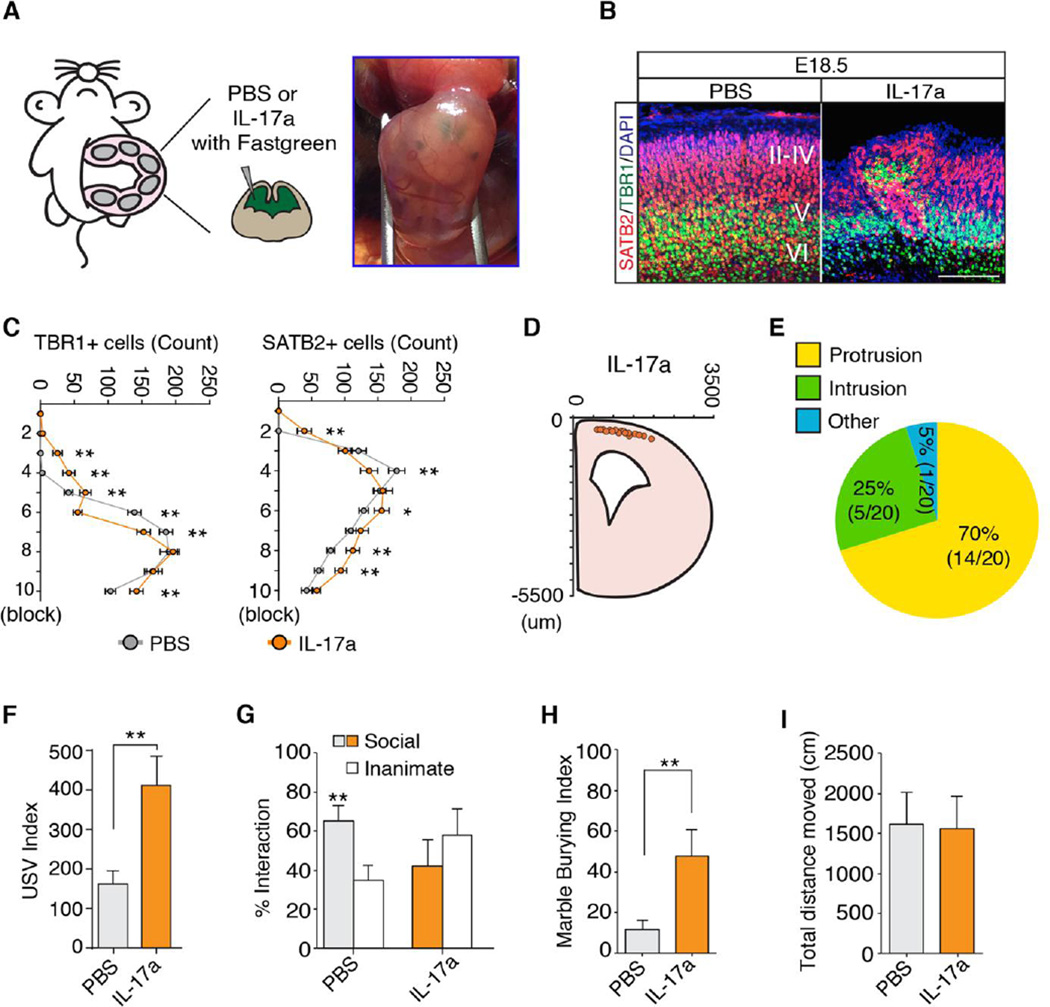Fig. 5. IL-17a administration to the fetus promotes abnormal cortical development and ASD-like behavioral phenotypes.
(A) Schematic diagram of the experimental method. Each embryo was injected intraventricularly at E14.5 with PBS or recombinant IL-17a protein mixed with Fastgreen dye. (B) SATB2 and TBR1 staining in the cortex of E18.5 male fetal brains treated as in (A). Images are representative of five independent experiments. (C) Quantification of TBR1 and SATB2 positive cells in a 300-µm wide ROI corresponding to the region of the cortical plate containing the malformation in E18.5 male fetal brain (n = 20 (PBS), n = 20 (IL-17a)). (D) The spatial location of the disorganized cortical patch in E18.5 fetal brain (n = 20 (IL-17a)). (E) Percentage of the cortical patches in each category (n = 20 (IL-17a)). (F) Ultrasonic vocalization (USV) assay. The number of pup calls is plotted on the y-axis (n = 15 (PBS), n = 17 (IL-17a); from 5–6 independent dams per treatment). (G) Social approach behavior. Graphed as a social preference index (% time spent investigating social or inanimate stimulus out of total object investigation time) (n = 12 (PBS), n = 18 (IL-17a), from 5–6 independent experiments). (H) Marble burying behavior. Percentage of the number of buried marbles is plotted on the y-axis (n = 12 (PBS), n = 18 (IL-17a), from 5–6 independent experiments). (I) Total distance traveled during social approach test. (C) Two-way ANOVA with Tukey post-hoc tests. (F, H and I) Student's t tests. (G) One-way ANOVA with Tukey post-hoc test. **P < 0.01, *P < 0.05, and ns; not significant. Graphs show mean ± SEM.

